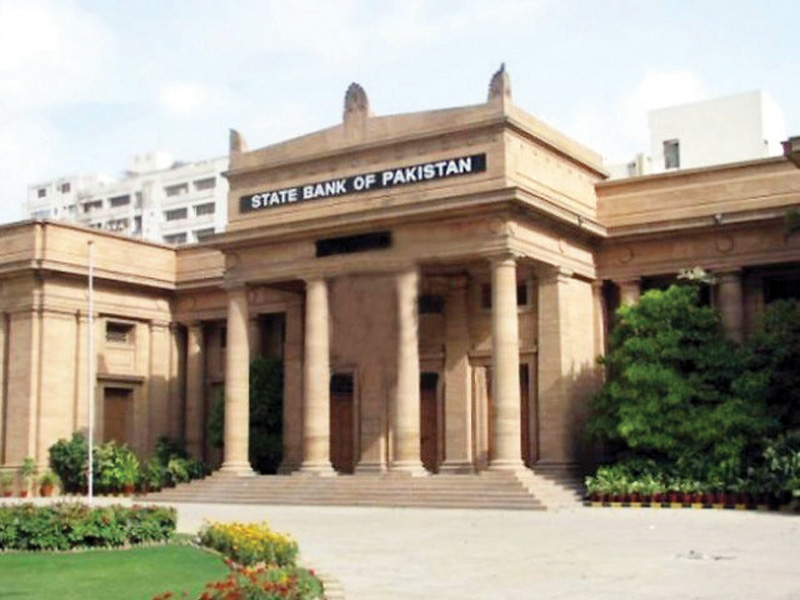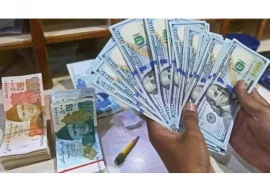
The central bank has given a three-year time limit to domestic financial institutions to gear up green banking to mitigate the risk of climate change, which carry the potential of itmpacting the country’s economic growth by 20% by 2050.
While speaking at a conference on ‘Sustainable Banking - Managing Environmental and Social Risks and Expanding Climate Finance for a Green and Resilient Recovery’ on Monday, State Bank of Pakistan (SBP) Governor Jameel Ahmed said, “Pakistan is one of those countries most vulnerable to the impacts of climate change.”
At the conference, organised by the State Bank of Pakistan (SBP) in collaboration with the International Finance Corporation (IFC) – a member of the World Bank Group – the SBP governor launched the Environmental and Social Risk Management (ESRM) Implementation Manual for banks and (development finance institutions) DFIs.
The manual has two major objectives. The first objective is to establish a centralised benchmark for environmental and social risk management, and compliance of green banking guidelines. The second is to focus on social life, child labour, forced labour, safety and health issues.
“Adoption of this manual will be voluntary for three years, allowing banks and DFIs adequate time to establish and integrate environmental and social risk management guidelines,” said Ahmad.
The manual will help all banks and DFIs develop a roadmap for comprehensive implementation of the green banking practices in the country, he elaborated. Referring to an IFC report launched at the ongoing COP27 in Egypt, IFC Country Manager for Afghanistan and Pakistan, Zeeshan Ahmed Sheikh reiterated that, “Pakistan remains one of the most vulnerable countries to the impact of climate change”.
“If it (Pakistan) does not become able to manage that better with risk management and investment in climate infrastructure, the potential impact on (its) GDP (gross domestic product) by 2050 will be 20%.”
To recall, Pakistan has incurred an economic loss of over $30 billion, mostly in agronomy, in the recent, unexpected monsoon floods.
Earlier, Pakistan Stock Exchange (PSX) Chairperson Shamshad Akhtar noted that, “Over the past two decades, climate change in Pakistan has resulted in a loss of over half a per cent per unit of GDP, resulting in $3.8 billion of annual economic losses.”
The IFC Regional Director for the Middle East, Pakistan and Afghanistan, Khawaja Aftab Ahmed said that, “The launch of the ESRM Implementation Manual marks a significant step towards promoting sustainable banking practices in Pakistan.”
“This manual can help the banking industry better manage environmental and social risks throughout their lending practices, and subsequently, enable a green and inclusive economic recovery at a critical time for Pakistan.”
The SBP governor added that, “The central bank first issued green banking guidelines in 2017. It has also introduced renewable energy financing both in conventional and Shariah-compliance financing modes. The objective is to finance clean and renewable projects under green banking to meet the growing electricity demand in the country.”
“We have made remarkable progress by providing finance to over 2,200 projects with an accumulative capacity of almost 1,600 megawatts. All by the end of August 2022,” he explained.
“The total outstanding financing under the scheme was Rs95 billion at the end of August 2022,” he remarked.
Published in The Express Tribune, November 10th, 2022.
Like Business on Facebook, follow @TribuneBiz on Twitter to stay informed and join in the conversation.






1719053250-0/BeFunky-collage-(5)1719053250-0-270x192.webp)














COMMENTS
Comments are moderated and generally will be posted if they are on-topic and not abusive.
For more information, please see our Comments FAQ